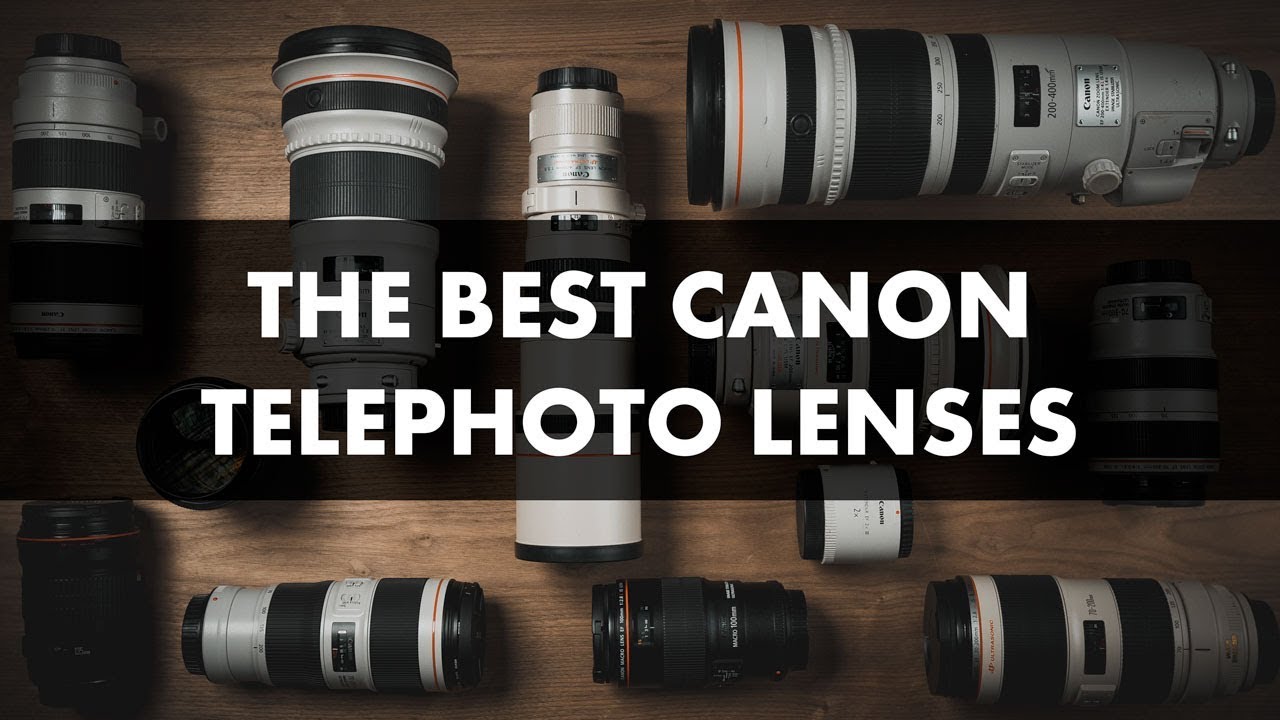Those with telephoto objects, also known as “Tele”, are well aware of all the benefits they have.Telephoto therapy is mainly characterized by their focal lengths greater than 70 mm, giving them the ability to photograph subjects over long distances.
Focal length is what determines the distance and angle each lens can capture.The longer the focal length, the farther you can photograph and the closer the capture angle will be.
To find the focal length, simply look at the millimeter (mm) that any lens contributes to its nomenclature.
Due to these building characteristics, telephoto objects can have multiple uses in photography.Here are three that can make a real difference in the way you photograph.
1? Long-range shooting
Telephoto objatives were designed for this purpose, capturing images over long distances is their essence.
This camera is very useful in various types of photographs, especially those in which the photographer cannot physically approach the subject photographed, such as sports photography, nature (like birds), landscape clippings, etc.
Mas existe também uma outra aplicação muito útil para lentes tele.
Imagine photographing a group of children playing and wanting very spontaneous photos from that moment.
Para isso, as crianças devem estar bem tranquilas e desimpedidas
If you are in the middle of them, always looking for images, some may be embarrassed by the presence of the camera and therefore start to be more shy in the game.
An interesting technique to overcome this difficulty is to use a telephoto lens to photograph these moments, simply position yourself so that the children do not notice the presence of the camera.
They tend to feel more relaxed, as they will not constantly perceive the presence of the digital camera and will therefore play spontaneously, which will result in large photographs.
This technique is not only valid for moments like this, but for all the moments when you want spontaneous photos without embarrassing anyone with the camera.
2? Changing perspective in a portrait
Telephoto therapy also changes the perspective of a photo.
Elas fazem isso, pois têm uma distorção de perspectiva mais centralizada para fotografar objetos distantes com mais precisão. É por isso que as lentes tele parecem ?achatar? a imagem.
See the comparison in the photos below
In the photo taken with a wide-angle lens, due to its perspective, it gives the impression that the background is furthest from the face of the man in the foreground, in addition, the face is also sharper, since the distortion of this Lens is more intense on the sides of the image.
In the photo taken with the telephoto lens, the face is a little wider and the background closer to that photographed, even with an intense blur, in fact, the deformation of the object in the foreground is much smaller here.
If you’re in a situation where you need to change the perspective of a photo, flatten a little more, using a telephoto lens can be the way to go.
3? More intense blurs for some photos
Another interesting utility of a telephoto lens is the ability to make the background blurry.
Due to its construction and optical reasons, the telephoto lens has a low depth of field, i.e. a shorter approach.An explanation of this effect is the fact that, physically, when the camera moves away from the subject to be photographed, the depth of As the telephoto lens photographs at greater distances, this effect is much more evident.
Therefore, if the subject is a little closer to the target, in the foreground, its background will have a good propensity for more intense blurs.
To explain this, we will return to the portraits of the previous theme.
Find out how a photo taken with a focal length of 200 mm is more blurry than the same photo taken with a 14mm lens.
This happens precisely because of depth of field
This feature can be very useful when, for example, you want a more blurry background in a portrait.If you don’t have a lighter lens or good background space to blur, the advice is to use a telephoto lens that has less depth of field.
EMania Foto e Vadeo offers several telephoto lens models, including the EF-S 55-250 mm f / 4-5.6 IS II, the EF 70-300 mm f / 4-5.6 IS USM, the EF 70-200 mm f / 2.8L USM and EF 135 mm f / 2L USM.
For other telephoto objects, click here.

